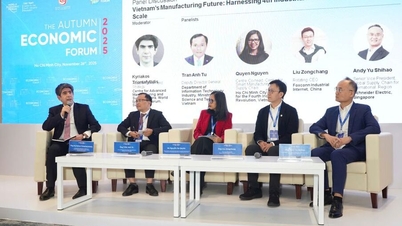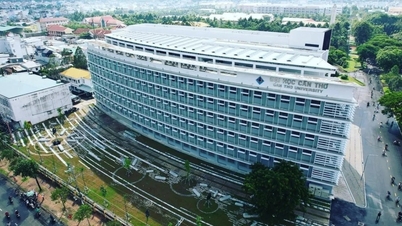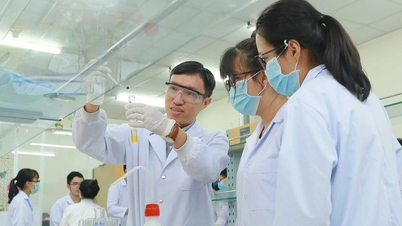
Direct cooling by “microfluidic”
The technology is based on the principle of “microfluidics”, which allows cooling liquid to be pumped through micro-channels etched directly onto the surface of a silicon chip.
According to Microsoft, this method is three times more effective at dissipating heat than traditional “cooling panels,” which are commonly used in data centers today.
Mr. Sashi Majety - Senior Technical Program Manager of Microsoft - said that if they still depend on old cooling plate technology, data centers will quickly reach the performance limit in just a few years.
Microsoft has partnered with Swiss startup Corintis to develop a microfluidic channel system that mimics the veins and wings of a butterfly. Instead of conducting coolant in a straight line, the new design branches out in multiple directions, providing more precise cooling at the “hot spots” of the chip and reducing the risk of silicon cracking.
The technology has gone through four rounds of design testing. Engineers used AI models to create “heat maps” of the processor, which allowed them to optimize the fluidic channel network to conduct heat as quickly as possible.
When tested on GPUs simulating Microsoft Teams workloads (including video , audio, and transcription), the microfluidic system reduced peak temperature rise in silicon by up to 65% — a result that is considered groundbreaking compared to current methods.
Paving the way for a new generation of AI chips
GPUs are the computing heart of AI systems because they can process millions of calculations in parallel. However, they also generate a lot of heat, making traditional cooling methods using metal plates difficult to meet.
Bringing liquid cooling directly to the silicon core helps Microsoft control temperatures more effectively, while also opening up the possibility of safe overclocking, meaning operating the chip beyond its normal limits without causing damage.
“When workloads spike, we need the ability to overclock without worrying about overheating the chip. Microfluidics allows that,” said Jim Kleewein, technical specialist for Microsoft 365 Core Management.
Towards common technology standards
Microsoft is currently researching applying this technology to custom chip lines like Cobalt and Maia, and cooperating with manufacturing partners to scale up.
In the future, microfluidics could be used for 3D stacked chips, which face many thermal dissipation challenges due to their multi-layered structure.
“We want this technology to be an open standard that anyone can implement,” said Mr. Kleewein. “The more participants, the faster the technology will develop, and the benefits will spread throughout the industry.”
Source: https://dantri.com.vn/cong-nghe/phat-minh-cua-microsoft-giup-cac-trung-tam-du-lieu-ai-khoi-qua-tai-nhiet-20251010032615056.htm














































































































Comment (0)